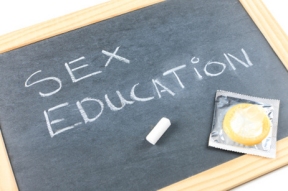
American schools are largely failing to provide young people with comprehensive sexual education, according to a recent Centers for Disease Control and Prevention (CDC) report. Findings from the analysis of the CDC’s 2014 School Health Profiles survey results were presented at the National HIV Prevention Conference in Atlanta. Researchers found that fewer than half of high schools and only one in five middle schools teach all 16 topics the CDC recommends as a means to help young people avoid risks associated with sex. Among the topics are basic information on HIV and other sexually transmitted infections (STIs), how to prevent such infections, as well as communication and decision-making skills. Almost one in four HIV diagnoses as well as half of all other STIs occur in Americans under 25.

“We need to do a better job of giving our young people the skills and knowledge they need to protect their own health,” Jonathan Mermin, MD, MPH, director of CDC’s National Center for HIV/AIDS, Viral Hepatitis, STD, and Tuberculosis Prevention, said in a press release. “It’s important to teach students about healthy relationships and how to reduce sexual risk before they start to have sex.” States vary widely in how much they adhere to teaching the CDC’s 16 recommended topics. The percentage of high schools in any given state that teach all of these topics ranges from 21 percent in Arizona to 90 percent in New Jersey. In most states, fewer than half of all high schools teach all the topics. New York and New Hampshire join New Jersey as the only states in which more than 75 percent of schools make the goal. For middle schools, the percentage of schools teaching all the topics rages from 4 percent in Arizona to 46 percent in North Carolina. In most states, less than 20 percent of middle schools make the goal.










